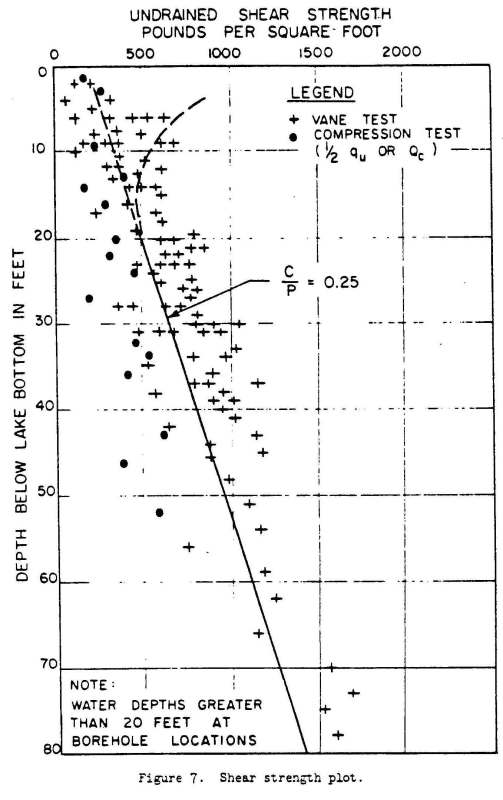ac4u2nv
Geotechnical
- May 30, 2013
- 52
I have a firm sandy clay, ive said it has a Cu of 40kn/m2, would it have an angle of internal friction value as well, or in undrained conditions it only has shear strength?
I have no lab data just a description to try to model off.
I have no lab data just a description to try to model off.

